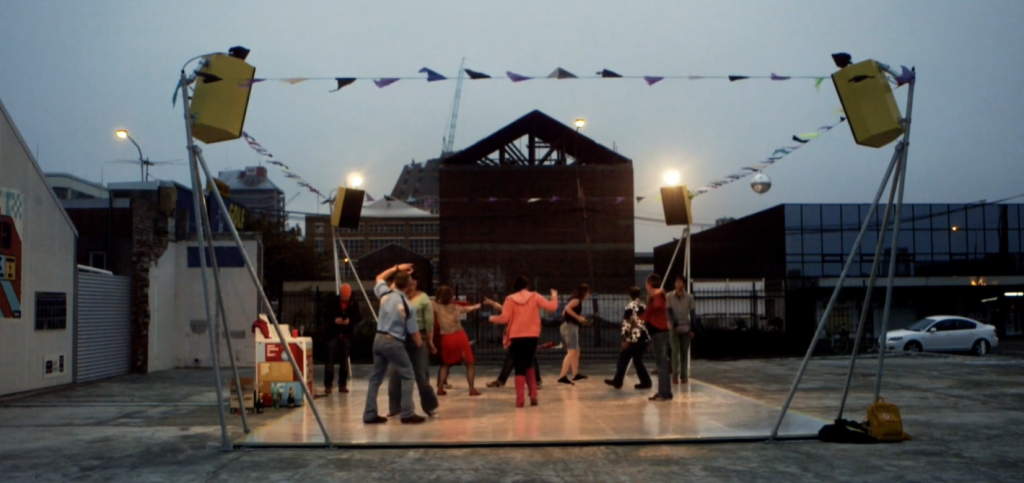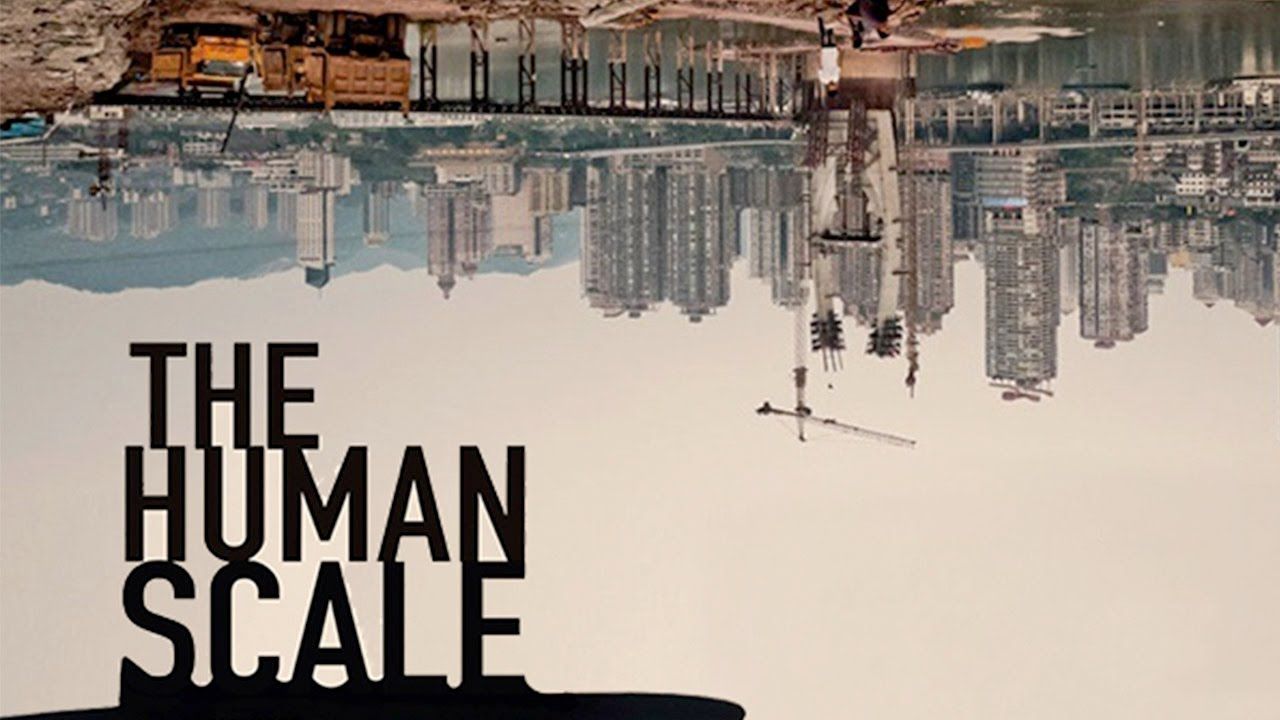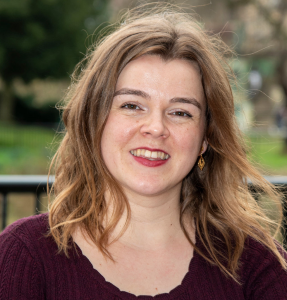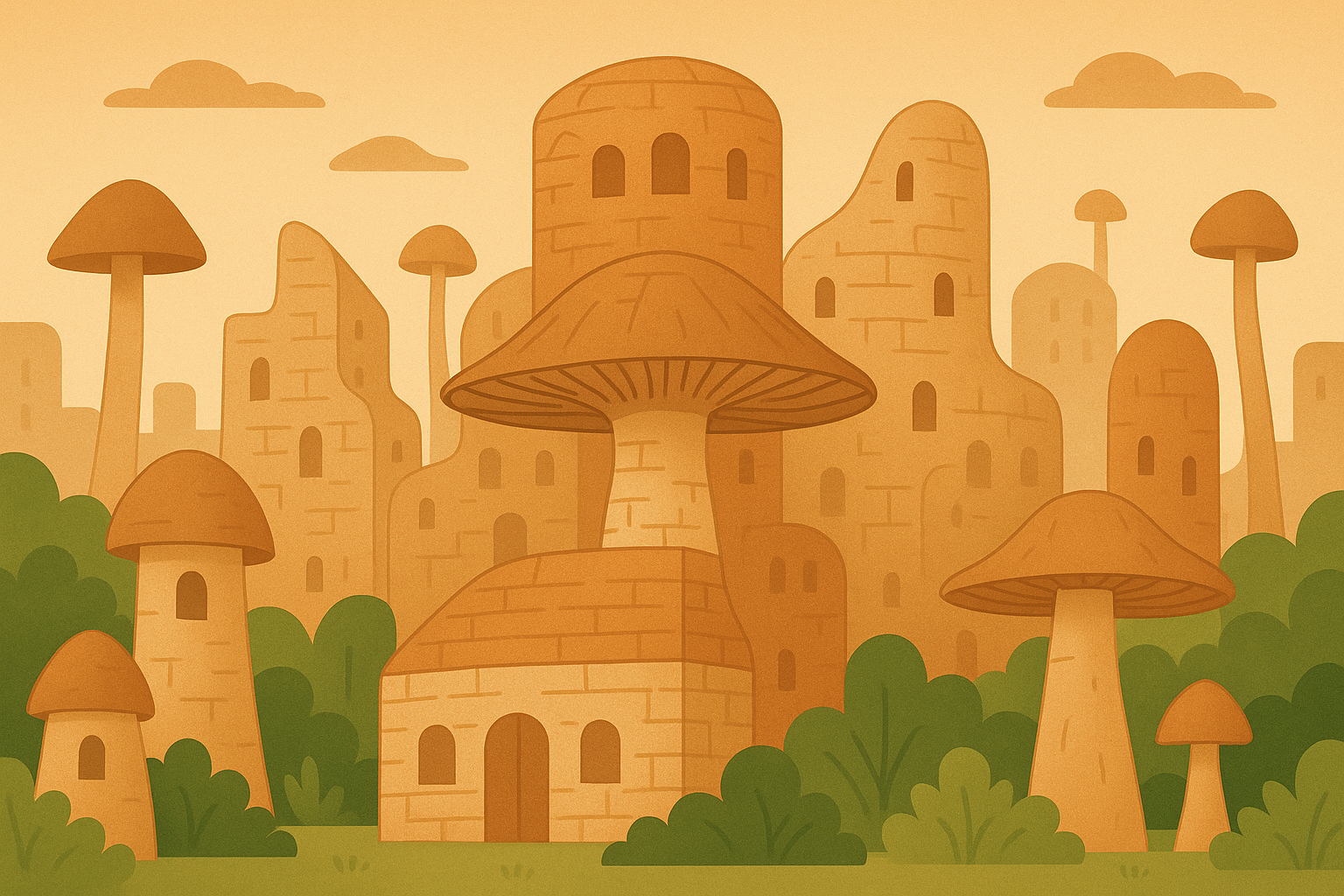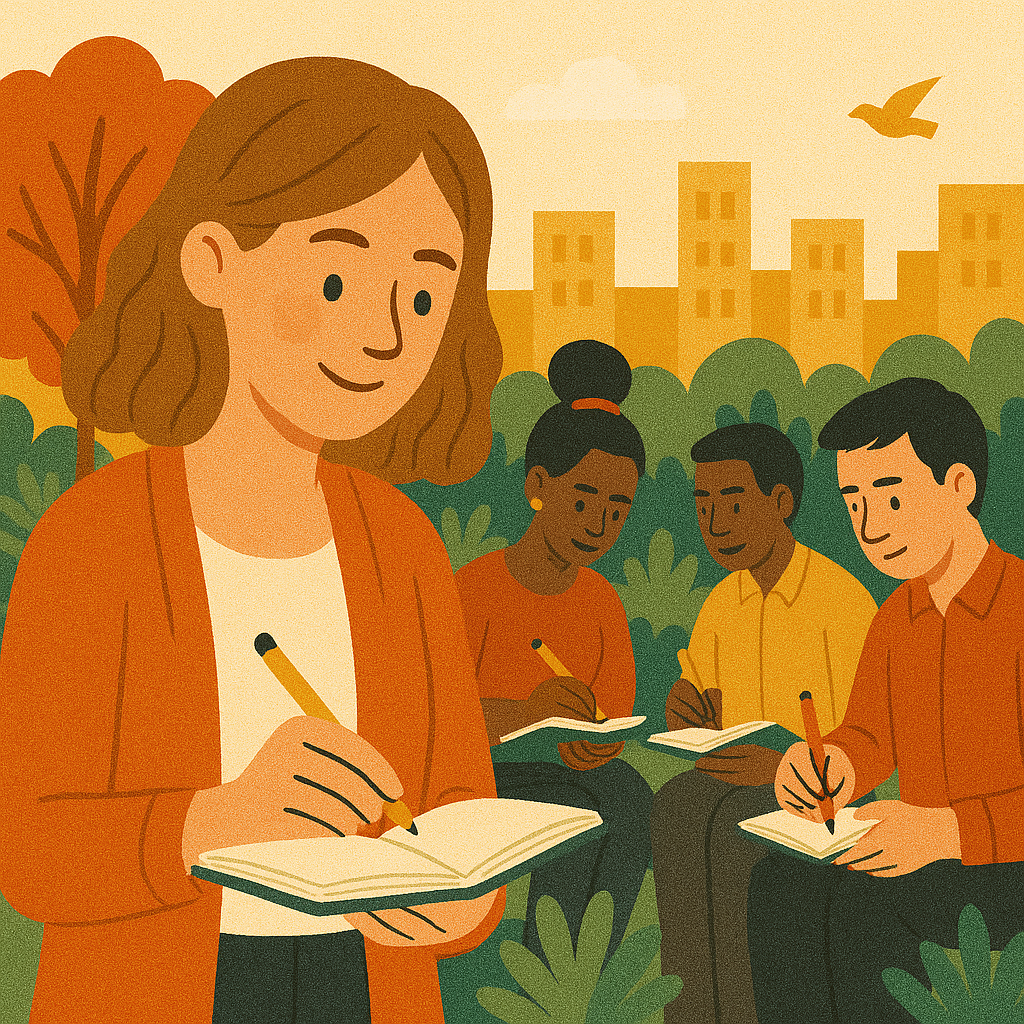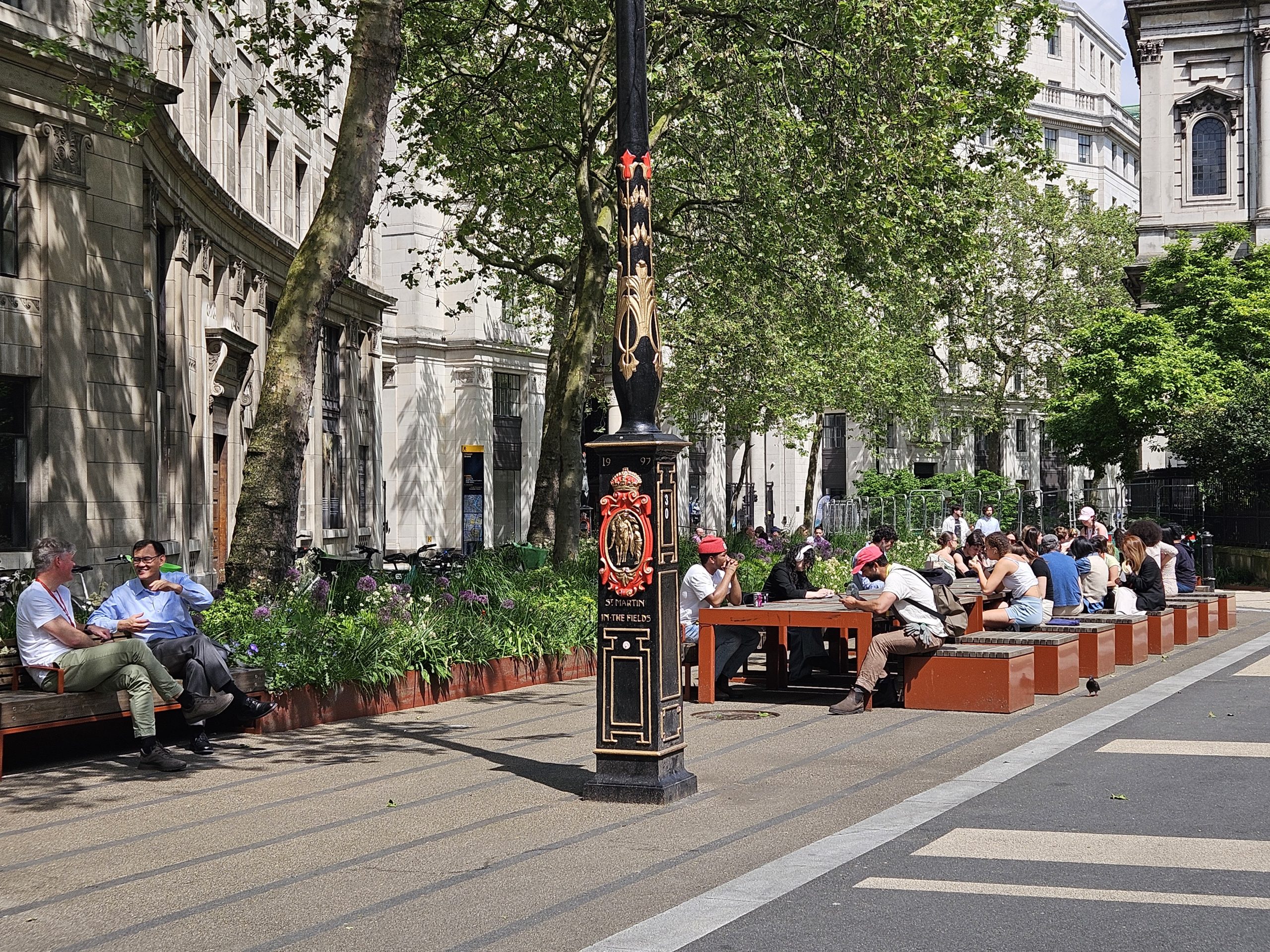The Human Scale is a 2012 documentary movie focusing on human-centred cities that are walkable and pleasant to live in. Even though the movie is now eight years old, it teaches us a lot about liveable cities. With Covid-19 transforming urban landscapes all over the world, some of the themes the movie lobbies for – walkability and cyclability, focus on public spaces, green spaces and pedestrianisation – are getting a jump-start. Therefore, it is a particularly interesting time to revisit some of the ideas of Danish architect and urban planning icon Jan Gehl.
Director Andreas Dalsgaard shows stunning images of cities all over the world, with valuable explanations by Jan Gehl himself, as well as from architects working for his urban planning firm, Gehl – Making Cities for People. I particularly liked that the movie included a lot of local voices – it did exactly what it set out to do, which is to look at and to show urban development from a human scale, not from a top-down perspective as happens too often.
Pedestrian scale is the most important phrase in urban planning according to thought leader and urban planner Jan Gehl. He wants people to experience the city on foot and in public. However, these ambitions have not been lived up to everywhere. The movie gives us hope on change in the future, however – and the current changes due to Covid-19 show that important steps are being taken now.
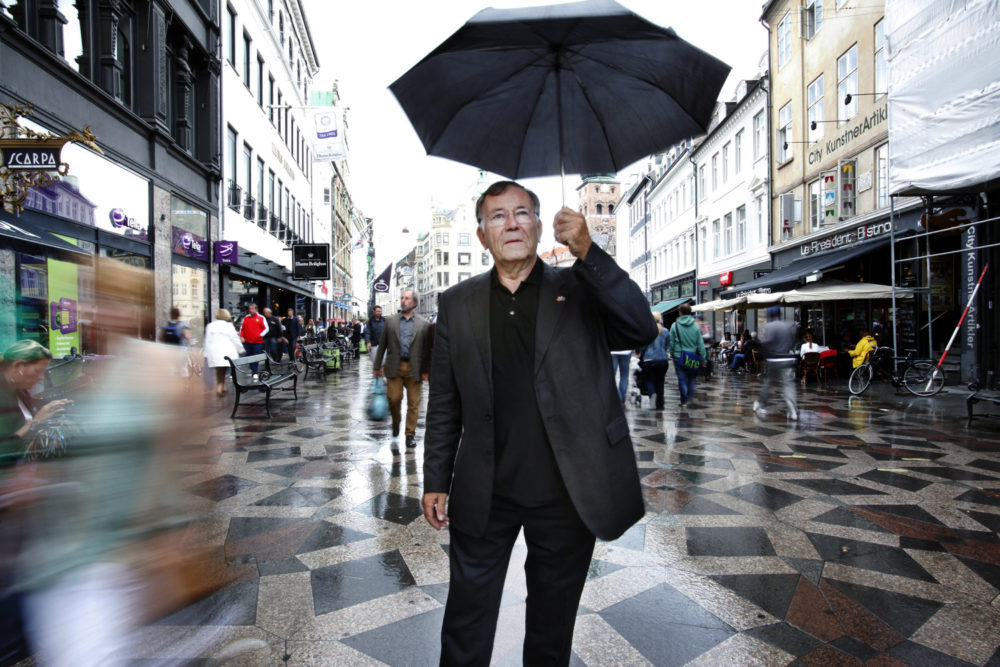
In five chapters, the movie asks important questions such as: What is a good urban habitat? Do our cities invite for human interaction, inclusion and intimacy? How can me measure happiness in a city?
Continue reading for a summary of the movie, as well as for lessons we can learn from Jan Gehl and his architects – particularly during this pandemic that is changing our cities forever.
Chapter 1: Do we shape our cities, or do our cities shape us?
In the beginning of the movie, director Dalsgaard sets out the conflict. Since the 1960s, motor cars have been the main factor for designing cities all over the world. This goes back even further, to French architect and planner Le Corbusier, who saw that modern city as a “machine for living”. According to the polemic in The Human Scale, modernists like him accomplished killing city life.
Economic growth, particularly in countries like the U.S. and in China, has made practicability win over liveability in too many cases. Countless cities have lost their old city characteristics and thereby their charm, having to make way to parking lots, highways and other car-focused enterprises. While superblocks and new, modern housing have inarguably improved living quality for countless people, we have lost the human scale in the last century – we, as a civilisation, have forgotten how to think and imagine a city from the people’s end.
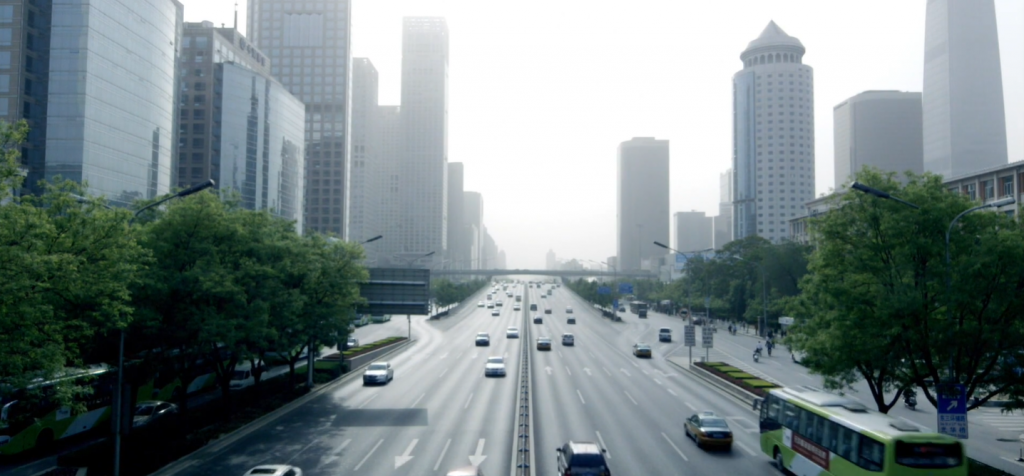
Chapter 2: Measuring what we care about
Next, the movie asks what we measure in cities. Interestingly, hubs like New York City have vast databases on car traffic, but almost no numbers on pedestrian or bicycle traffic. This has been changing in the last decades, however – mostly thanks to Jan Gehl and his philosophy. The modernisation of Copenhagen with an ensuing closure of city centre streets inspired him to actually count the effects of planning on a more human scale. He found out that pedestrianisation can lead to multiplied public life and to squares actually becoming a meeting point for people. While this might not seem like a new insight, it was back then – remember that we had forgotten how to build on a human scale!
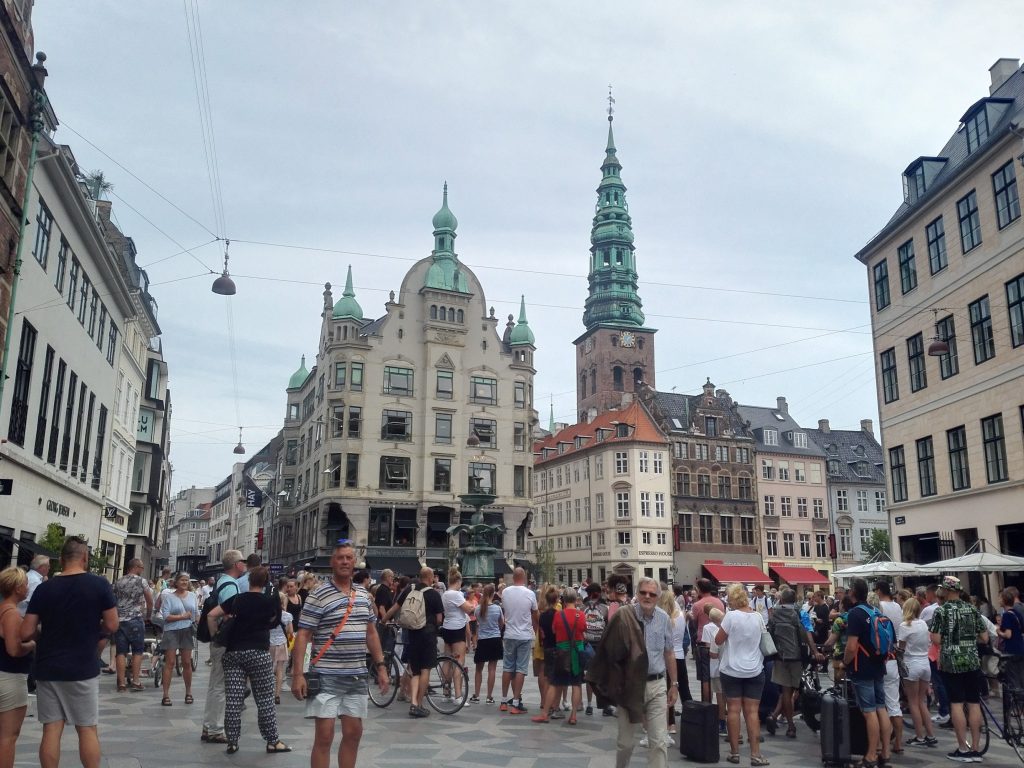
More space for people means more public life. A focus on cycling and walking invariably improves the life quality in any city, like Gehl’s hometown of Copenhagen has undeniably demonstrated. However, when people became tired of the preference given to motorcars and demanded more public space, as was the case in NYC in the 1960s and 1970s, conflicts ensued. Just think of Robert Moses who wanted to build a highway right through Washington Square Park in NYC – Jane Jacobs became famous for protesting this. In her book “The Life and Death of Great American Cities”, she condemns the car-focus in urban planning and sets an important case for people-centred planning. Check out this movie about her:
The Times Square, which for a long time was no square at all, is a good example for this development. 90% of its space was used for cars for a long time, and only 10% was designed for people. However, the usage of this busy hub in NYC’s heart was the other way around: 10% cars were overshadowed by 90% people. A tactical urbanism project to reclaim space by setting up deck chairs has been successful, but initial protests by traffic planners and the taxi lobby were strong.
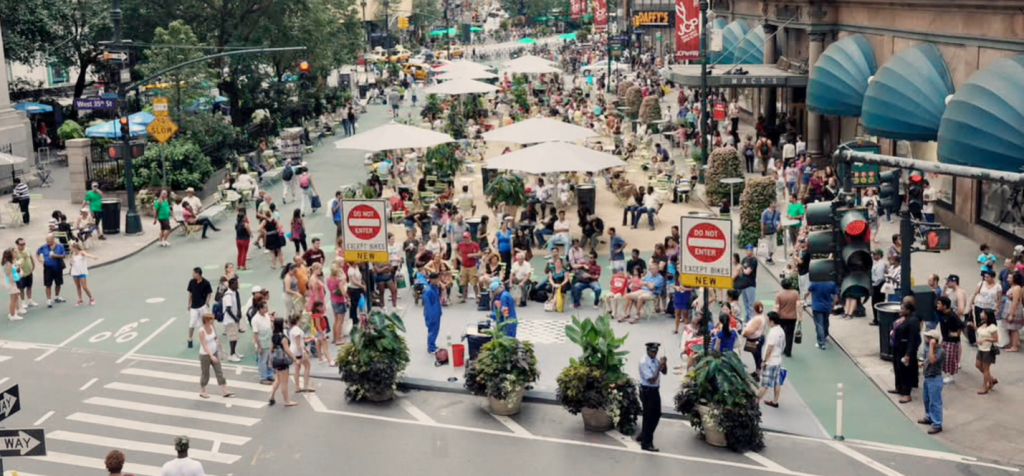
According to Jan Gehl, the key is to show people what their lives in the city could be like. By organically or iteratively growing a public space, we can transform ideas of what city streets should look like and incite people’s imagination. Often, this change results in important long-term projects, such as for example the Ciclovía in Bogotá. Every Sunday, big parts of the city’s street network are off-limits for cars and may only be used by pedestrians and cyclists. Many other cities around the world have copied this innovation. Among other things, this cycling project changed the data we measure, therefore also shifting priorities in urban planning.
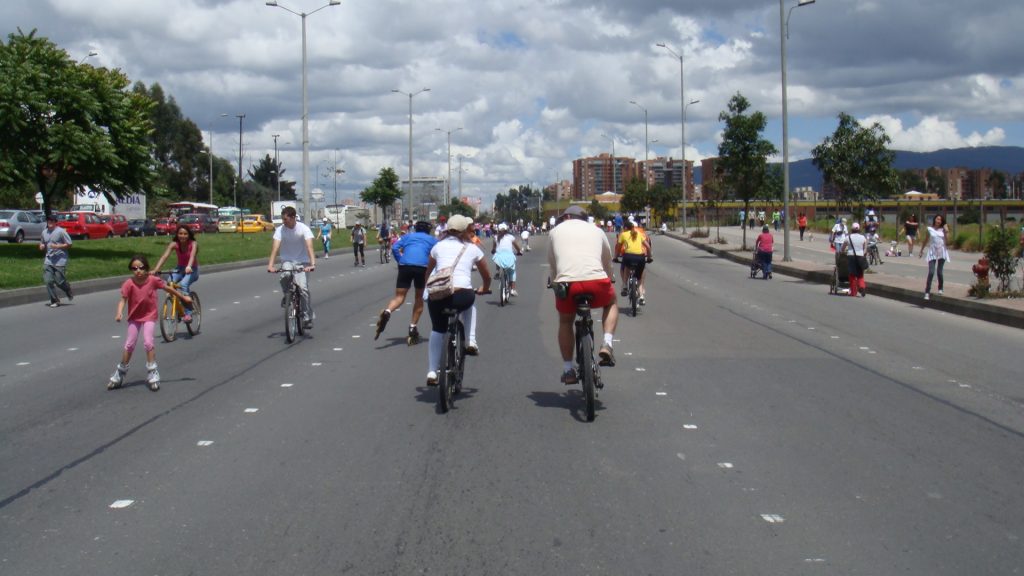
Chapter 3: Doing more with less
Various experts from all over the world agree in The Human Scale that it is not expensive at all to utilise existing spaces better. We can easily make them more inviting to socialise, to gather, or to simply take a breath from city life and sit down for a while. This also gives importance to local communities.
Just think of Italy, the country that is known for its very people-friendly inner cities. It is no wonder that Jan Gehl started his project of counting pedestrian activities in Siena (1965), because the car-free streets in its inner city are very pleasant for walk and play within the city.
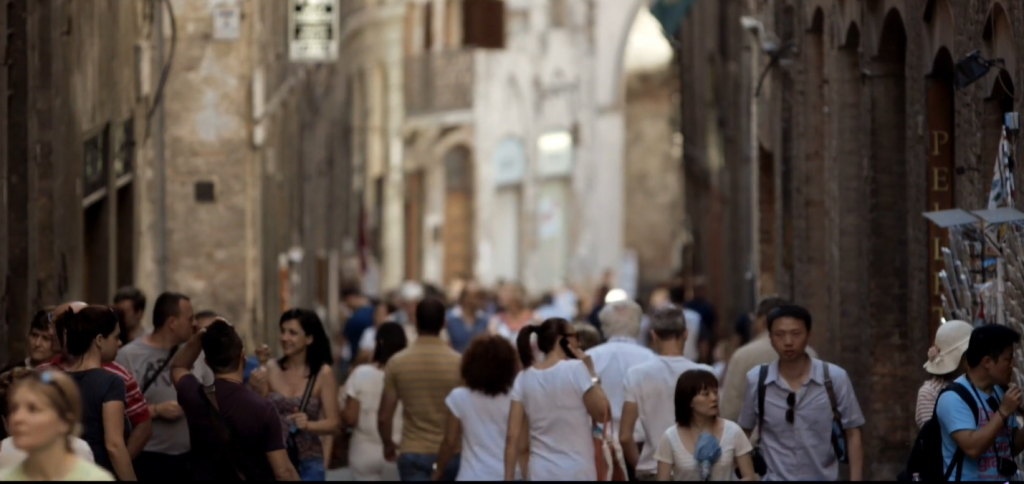
On the other hand, growing suburbs – especially in the U.S., but also in many other countries – show us how a city can be designed at a very different scale. These suburbs are optimised for car traffic at a speed of 50 to 60 km/h. They are rarely pleasant for pedestrians and they lack public and green space. Surveys have shown that people much prefer a “24-hour-city” with a walkable, active and partly residential city centre, as opposed to commuting to a dead suburb.
Considering that by 2050, we will have to accommodate about double the current number of urban dwellers in cities, the big challenge is how to keep cities vibrant, interesting, spontaneous and people friendly. I wrote about how to achieve walkability in Mexico City in this related article:
Chapter 4: The chaos that has created itself
Using the example of Dhaka as one of the densest and fastest-growing cities in the world, the movie next tackles the danger of creating chaos in a city. According to local experts from Dhaka, the problem is that many urban planners want to copy planning trends in the Western world. The city is already suffering from the car focus that is destroying its “flavour”. At the same time, Jan Gehl’s methods of counting pedestrians (and rickshaws, in this case), can be adapted to the local context and used in a beneficial way.
Interestingly, even international development agencies are furthering the car-focused infrastructure in cities like Dhaka. For example, in 2012, the World Bank invested heavily in flyovers for pedestrians, that are actually designed to make car traffic easier. The institution also funds the 10-year-plans of Dhaka, with a budget of about 10 million USD for pedestrian infrastructure, but a billion for car-centric infrastructure.
Importantly, The Human Scale asks the question whether in our counting and measuring for urban planning we also account for the about 4 billion people living in developing countries. Postcolonialism as well as Euro- and US centrism are as wide-spread in urban planning as in other areas.
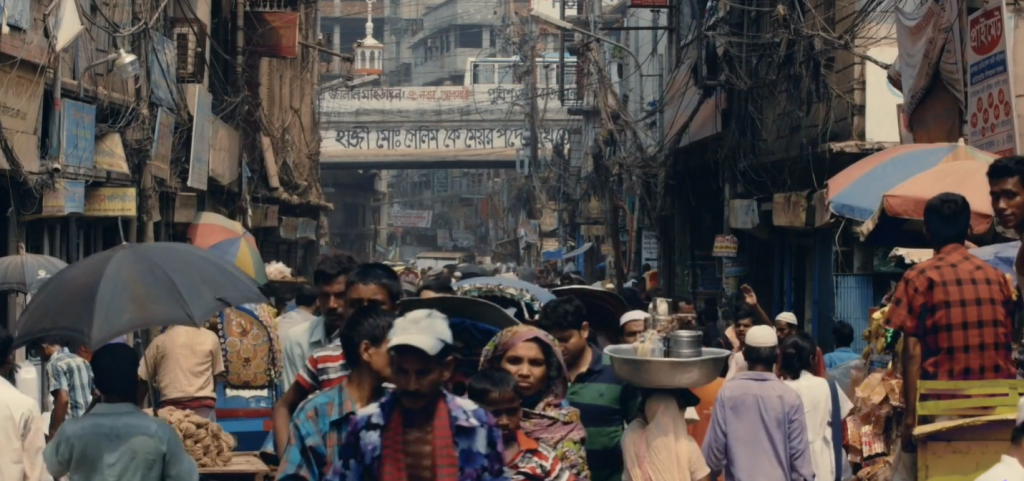
Chapter 5: Being nice to people is cheap
In its last chapter, the documentary movie looks at ways to make cities more liveable by using very simple means. A good example here is Christchurch in New Zealand. The city centre had to be completely demolished after the devastating earthquake in 2011. Gehl architects were flown in to assist the reconstruction process. Instead of going straight to the drawing board, they listened to the locals. They asked people what they wanted from the rebuild and started the #shareanidea Christchurch initiative, collecting about 106,000 ideas in a participatory manner.
Unsurprisingly, people wanted a liveable city centre with more low-rise building, bike lanes, gardens, public spaces and less focus on retails. The wish for a “city for people, not for cars” was very clear. Gehl Architects demonstrated that as urban planners, we need to think as people, not as corporations. People know exactly what their cities should be like and by focusing on their needs and demands, rather than on cars, you can drastically improve cities.
Pop-up innovations, planning with Lego or simple participatory processes using rating and ranking with post-its or on blackboards, can move our focus from a “master” plan towards a bottom-up perspective. In the end, politics and profit are short-lived compared to cities, which are designed to lasts for centuries and still be pleasant for their citizens.
The current pandemic offers opportunities for all of us to rethink our cities. Now that we are stuck at home and that urban life is changing almost beyond recognition, citizens are desperate for liveable urban spaces such as parks, blue spaces and outdoor offers such as cafés, restaurants and play streets. Now is the perfect time to create invitations for an improved everyday life. In only 80 years, there will be about 10 billion people living on this earth, of which 8 billion will be in cities – double the amount of today’s urban global population. It is time to listen to Jan Gehl and future-proof our cities!
